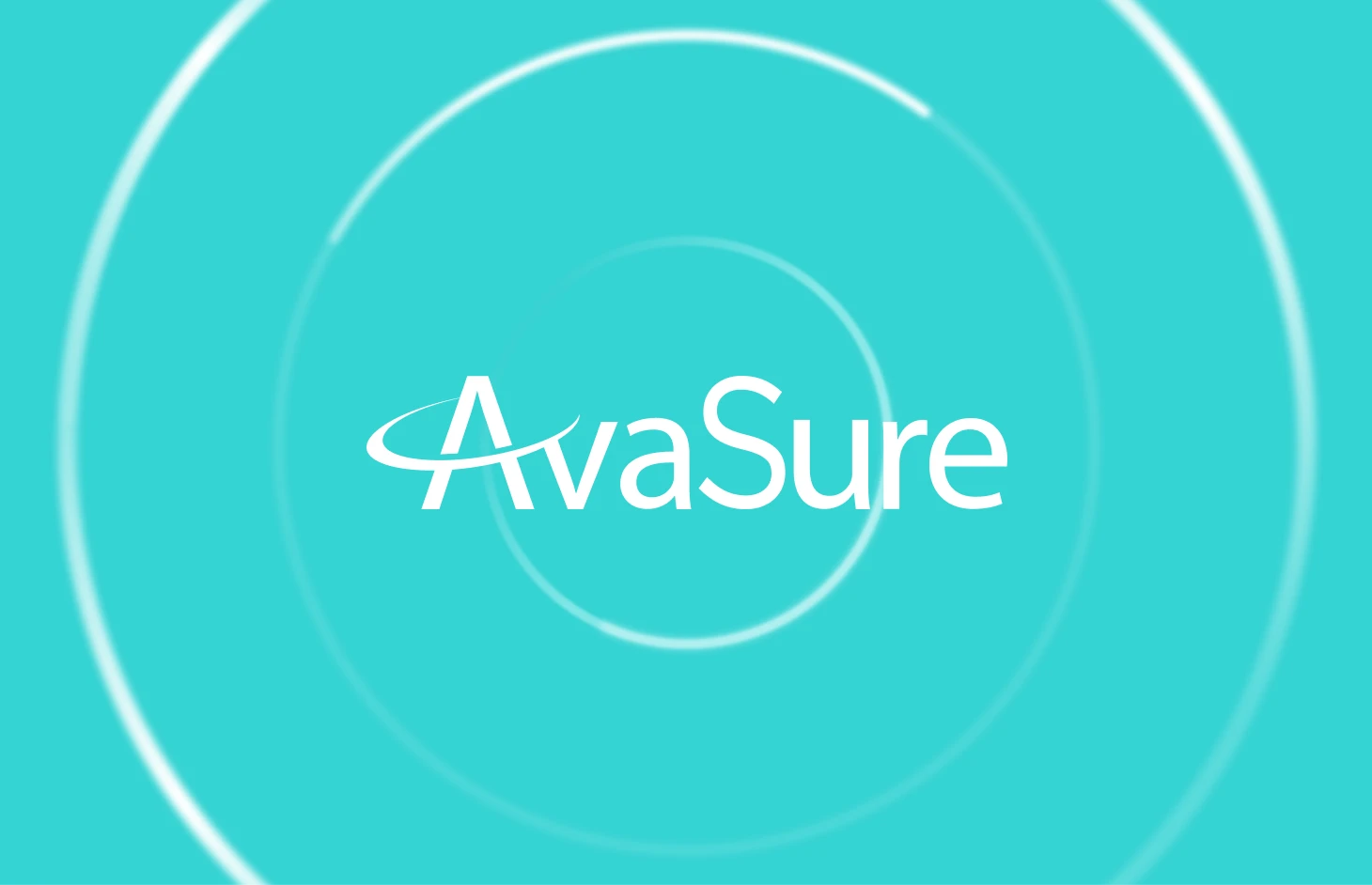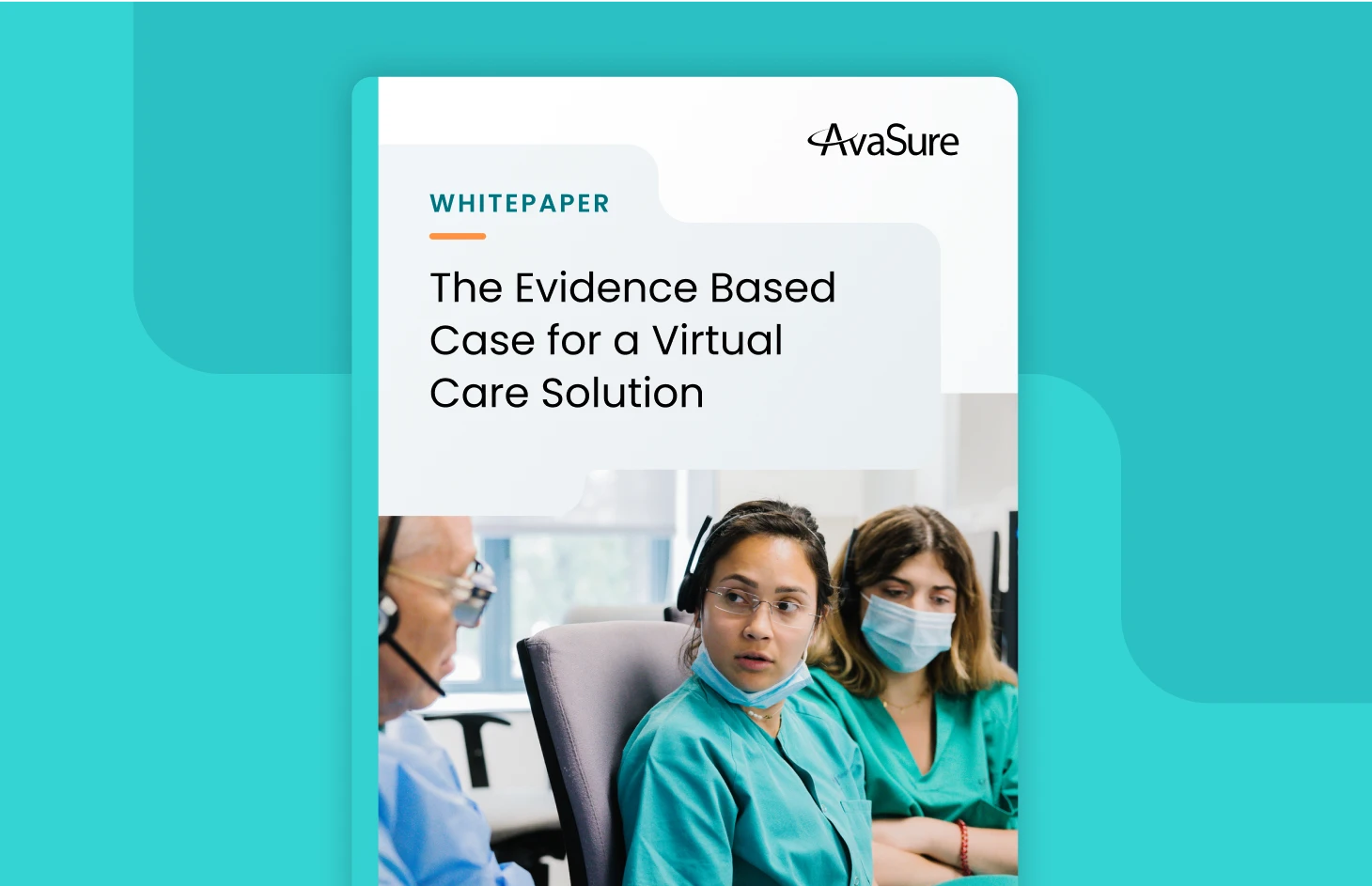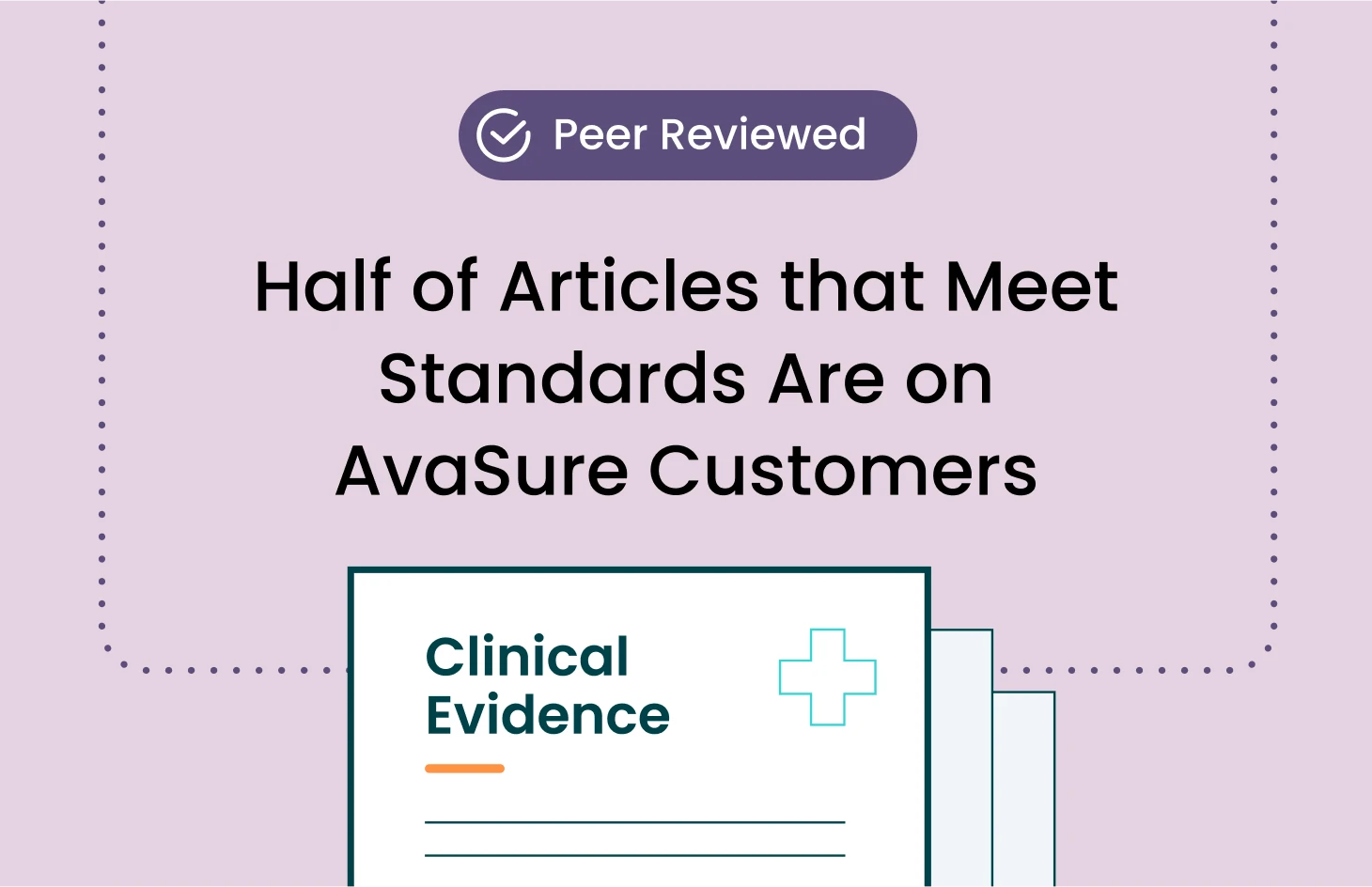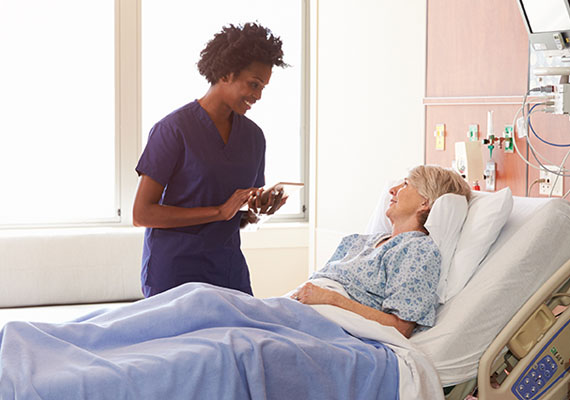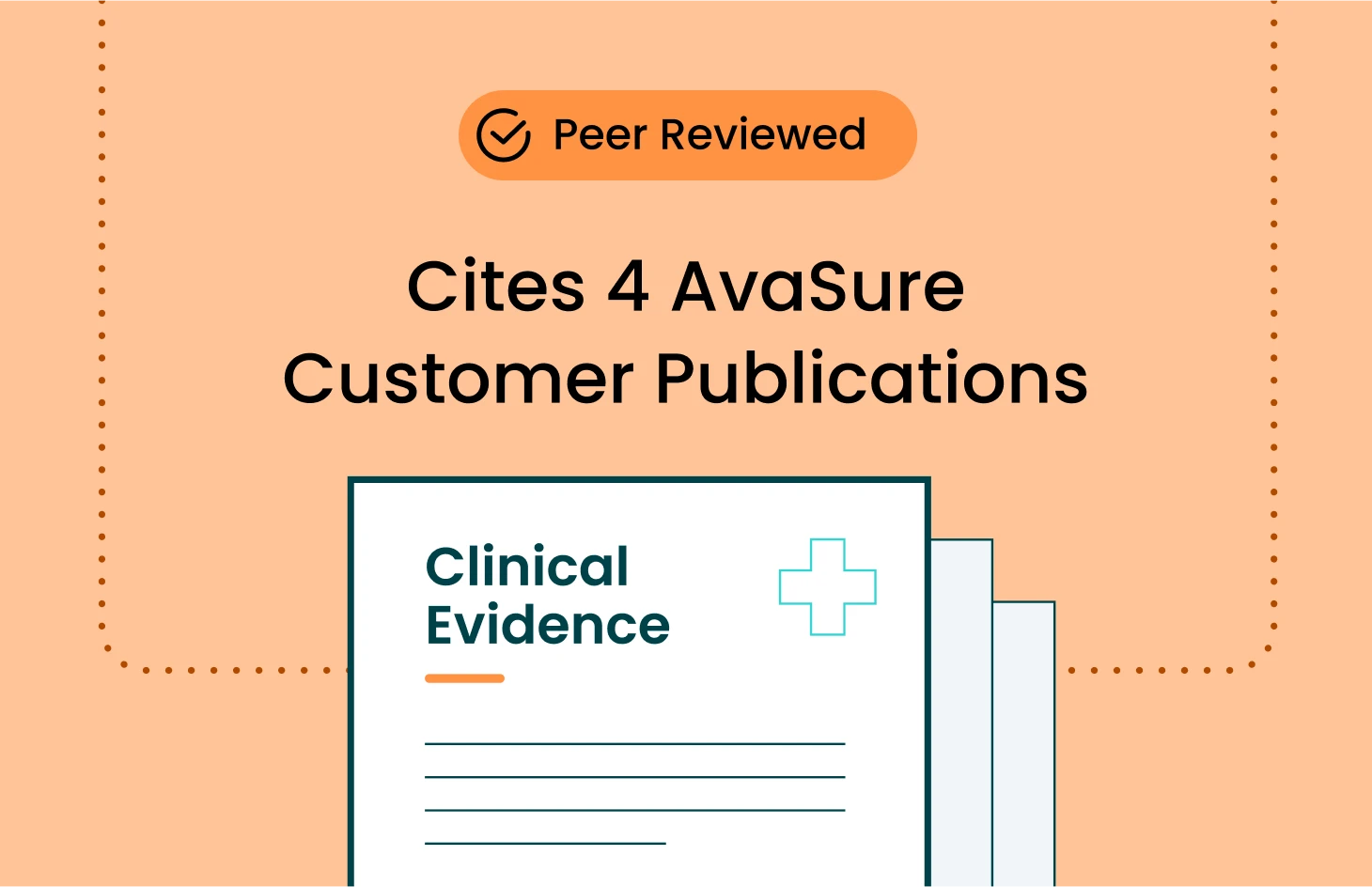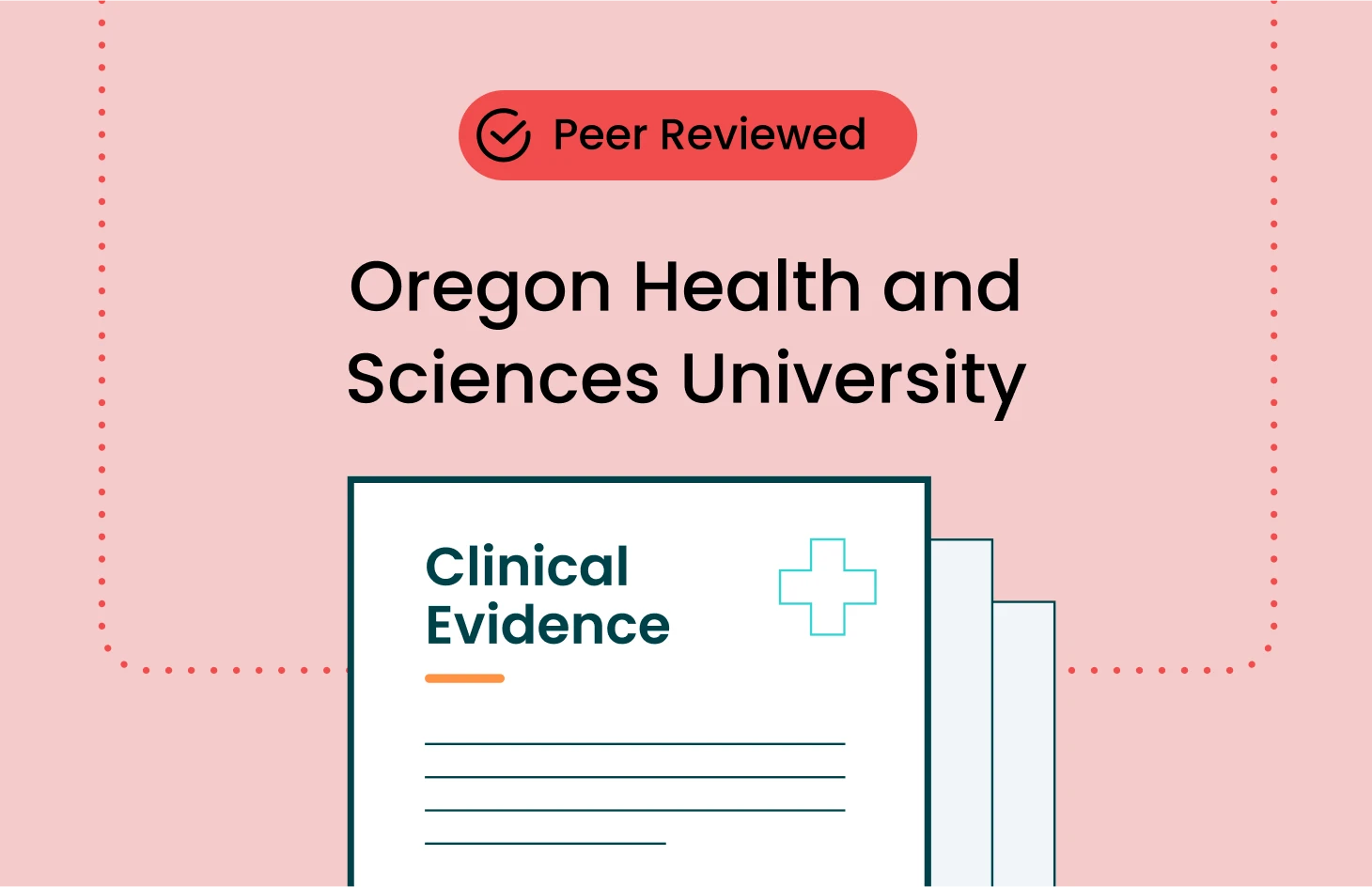
Continuous Video Monitoring: Implementation Strategies for Safe Patient Care and Identified Best Practices
Abbe JR, O’Keeffe C. J Nurs Care Qual. 2021;36(2):137-142.
Summary
Challenge
Multiple compounding factors result in the increased demand for additional safety monitoring in the inpatient setting
At a large, academic, Magnet-designated medical center in the Pacific Northwest, nursing leadership saw that the need for sitters was rising. Much of this increasing need was being driven by an increase in admissions for inpatient mental health care, requiring additional inpatient monitoring for suicide risk, substance withdrawal, fall risk, eating disorders, elopement, and general safety concerns for both adult and pediatric populations.
Providing 1:1 care for all is costly, ineffective, and resource-intensive—and has a negative effect on staff satisfaction, patient safety, and productivity.
Solution
Continuous video monitoring with AvaSure
Continuous video monitoring (CVM) was identified as a bridge for the nursing staff to enhance safety for patients and as an additional safety intervention when sitter use was not reasonable or feasible. The trick was implementing this program in a way that would enable it to become an accepted part of the healthcare environment.
Adoption of the AvaSure technology was influenced by nurse enculturation and education, leader standard work (standard parameters used by nurse leaders for process improvement), data tracking management, and patient/family feedback.
A multidisciplinary team
Implementation of this program was organized with representatives from across the hospital, including nursing leadership, clinical nursing staff, Clinical Technology Services, Psychiatric Professional Practice Leader, Marketing, Department of Quality Management, Nursing Resource Management, and Nursing Administration.
Ongoing training and education
The monitoring staff received specialized training related to anticipation of at-risk behaviors, system functionality, determination of adverse events, and chain of resolution. Education focused on the clinical nursing staff and consisted of unit in-services, leadership classes, champion classes, case management classes, and transitional care classes for community partners. Clinical nurse champions were integral to the adoption of technology in all settings.
Development of policy, procedures, and patient criteria
Clearly defined inclusion and exclusion criteria for CVM with the input from clinical nurses allowed for clear expectations for clinical staff members. A decisional algorithm was designed to help nurses with clinical decision-making regarding whether to use a sitter or CVM as an intervention.
Leader standard work
Lean management principles are critical to continuous improvement and empower the frontline staff to solve problems, eliminate waste, standardize work, and improve the value of care delivered to patients. Because Lean management focuses on the frontline staff, it provides an opportunity to enculturate new systems and to identify barriers.
With proper implementation, the benefits became clear.
- Enhanced nurse safety: With the video monitoring technicians (VMTs) out of harm’s way, they can act quickly to respond to patients who may be escalating and the nursing staff cannot safely advocate for themselves. This keeps both staff and patients safe during high-risk behavioral events
- Often, the verbal alerts from VMTs can deter the patient long enough so that clinical staff can safely enter rooms that may have additional precautions, such the need to don personal protective equipment
- Cost savings: Conservative estimates showed that CVM saved this hospital $109,511 in the first 3 quarters of use
- Reductions in falls: With CVM, the hospital reported an average of 2768 potential “fall events” prevented each month
- Patient and family satisfaction:
- 93% of family members indicated that they received more respite opportunities because of the presence of the camera
- 93% of patients and families felt that they had an added level of security
- 80% said that they had more privacy compared with 1:1 sitters
Conclusions
The CVM program at this hospital has provided a bridge for the nursing staff to use technology to enhance patient safety and to provide an additional opportunity for intervention when sitter use is not reasonable or effective. Implementation of CVM reduced costs, improved resource allocation, and enhanced staff and patient family satisfaction.
